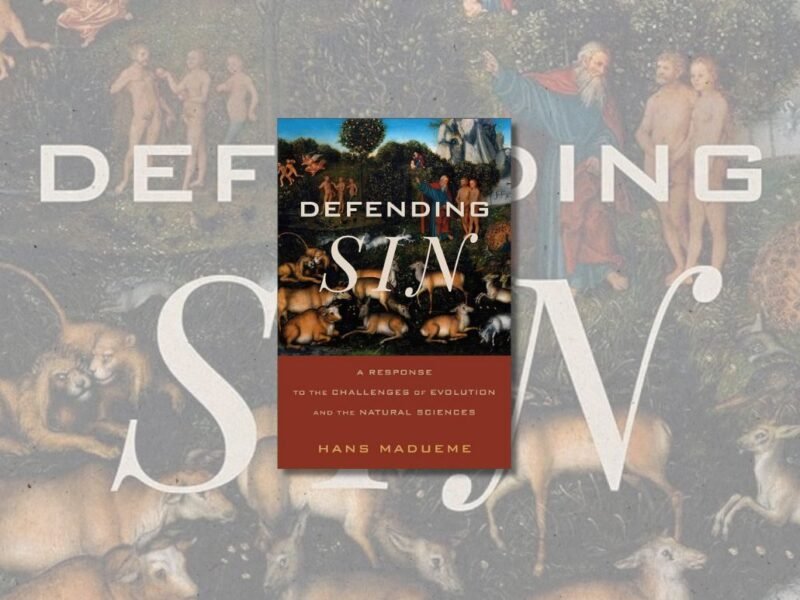Take This Cup: How God Transforms Suffering into Glory and Joy. By Charles Erlandson. Eugene, OR: Wipf & Stock, 2020. 216 pp. $46 (cloth); $26 (paper).
“But Jesus said unto them, Ye know not what ye ask: can ye drink of the cup that I drink of? and be baptized with the baptism that I am baptized with?” (Mark 10:38) You may recall the disciples quickly answered: Yes, we can do that. And Jesus just as quickly dismissed their enthusiasm and told them they didn’t know what they had asked for. This question is the backdrop for Charles Erlandson’s book, Take This Cup.
Fr. Erlandson sets out to discuss a classic question, one of the favorites of unbelievers: if God is good why is there suffering? You’ve probably read some articles on this subject. The usual approach is to go to Job and pontificate on some of the key passages in that book. I don’t recall Erlandson ever referencing Job in this work. Rather, he intends to make a case that suffering is a Gospel concept and an integral part of the Christian experience because it was an integral part of Jesus’ human experience.
To make sense of the structure which Erlandson employs, the reader must know something of the structure of a Passover seder. There are multiple cups of wine which are shared by the participants in succession. It was in this setting that the last supper took place, and the Eucharist was inaugurated. And then Jesus went out to Gethsemane and poured out his feelings in prayer, saying, “O my Father, if it be possible, let this cup pass from me: nevertheless not as I will, but as thou wilt.”
Erlandson prefaces his work with this note:
My meditation on how God brings the good of glory and joy out of the evil of suffering, will only make sense, I’m afraid, to Christians…. All merely logical answers will be unsatisfactory. (x)
And he’s right. Philosophers have debated the problem of suffering for centuries with unsatisfactory results. Purported Christian thinkers have gone astray by dismissing this element of the human experience in favor of the “prosperity gospel.”
Erlandson’s approach borrows much from the Lutheran “theology of the cross.” But the cross does not stand in isolation; rather, it is intimately linked with the resurrection, ascension and glorification of Christ. Erlandson offers a framework of three cups for the consideration of the reader. The first is rejected by mankind. The second is drunk by Christ. The third is finally drunk by mankind because we have been emboldened to do this thing by the example of Christ. In fact, according to Erlandson, we must drink this cup to participate in the work of Christ.
Within the text Erlandson reflects on the nature of the atonement. Erlandson works with the Christus Victor model, the satisfaction model, and the moral influence model of the atonement. I like this because pigeonholing the atonement into only one model is unhelpful and foolish. Rather than a picture of doom and gloom, we might instead see a picture of glory breaking through at Golgotha. It is not immediately apparent, but it is happening. This is true of our suffering. It is unpleasant, but it is purgative and actually working towards our glorification.
Erlandson also presents a strong view of the incarnation. In his words, “God became man that he might reveal his love to man” (16), and it is Jesus’ flesh that has been glorified to sit at the right hand of the Father. This should be a source of hope for Christians.
Erlandson develops a strong baptismal theology by identifying baptism, correctly, as a unification of ourselves with Christ. I am glad to read these things as Evangelicalism has largely lost the plot on this important doctrine. Likewise, the Eucharist is an opportunity for unification with Christ. But to be united with Christ is to partake of suffering as well as glory.
Erlandson has much to say about the church as the mystical body of Christ. This is Prayer Book theology meditated on! This is Anglicanism. But this is so antithetical to the way so many approach their Christianity and their relationship to the church that Erlandson must return to this point over and over. The book is quite repetitive, but not in an annoying way. Some books repeat because they lack anything more to say; this book does so because this point is difficult but important.
Another interesting feature is that each chapter closes with a prayer, a poem, or a hymn. This book is as much or more devotional as it is theological. We all suffer in various ways, but how do we redeem this thing? God redeems it by turning it to glory. This is a needful book in a time when it is clear that most are averse to suffering and are doing everything possible to avoid any part of it. But that’s not how a post-fall world works. Erlandson offers a different perspective on the topic; read carefully.






'Book Review: “Take This Cup”' has no comments
Be the first to comment this post!